a Special Newsletter Series
South Africa's Super Seven Series
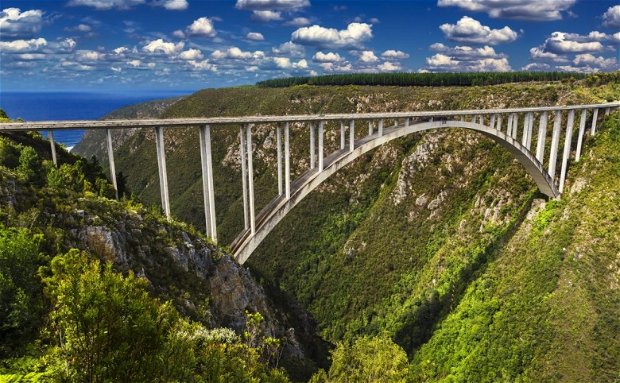
South Africa is one of the most diverse and enchanting countries in the world. Exotic combinations of landscapes, people, history and culture offer the traveller a unique and inspiring experience.
South Africa is a heady mix of third and first world cultures - along with the best and least crowded beaches in the world. Throw in wildlife parks such as the The Kruger National Park, Ten UNESCO World Heritage Sites, , beautiful natural scenery, a great infrastructure and a stable post-apartheid environment and you have a great destination waiting to happen.
Let's look at the Super 7 areas of attraction
1. Malaria-Free National Park Safari Areas
Pilanesberg National Park
Addo Elephant National Park
The Pilanesberg National Park lies in the North of the country which is known as the highveld(highlands - Approximately 1500m above sea level).
Experience the Big 5 animals and all the other African predators and prey in this relatively small but well stocked National Reserve.
There are various lodges in and around the Park to cater for different budgets.
Only 3 hours from the OR Tambo International Airport in Johannesburg. So it is also possible to do day visits to the Park.
In the Southern part of South Africa, in the Eastern Cape Province, lies the Addo Elephant National Park. Addo is also home to the Big 5 and is, as the name implies known for the many herds of African elephant that call this Park their home. As Addo is very close to the Indian Ocean, it lends itself to do a combination of beach and bush holiday. Many lodges and Guesthouses surround the Park and has easy access for daily Game drives.
Both these malaria free Parks also are the habitat of 2 of the elusive lesser-known animals:
The shy and endangered nocturnal Pangolin and the ferocious and tough Honey Badger. To be able to view any of these 2 animals is a once in a life-time experience.
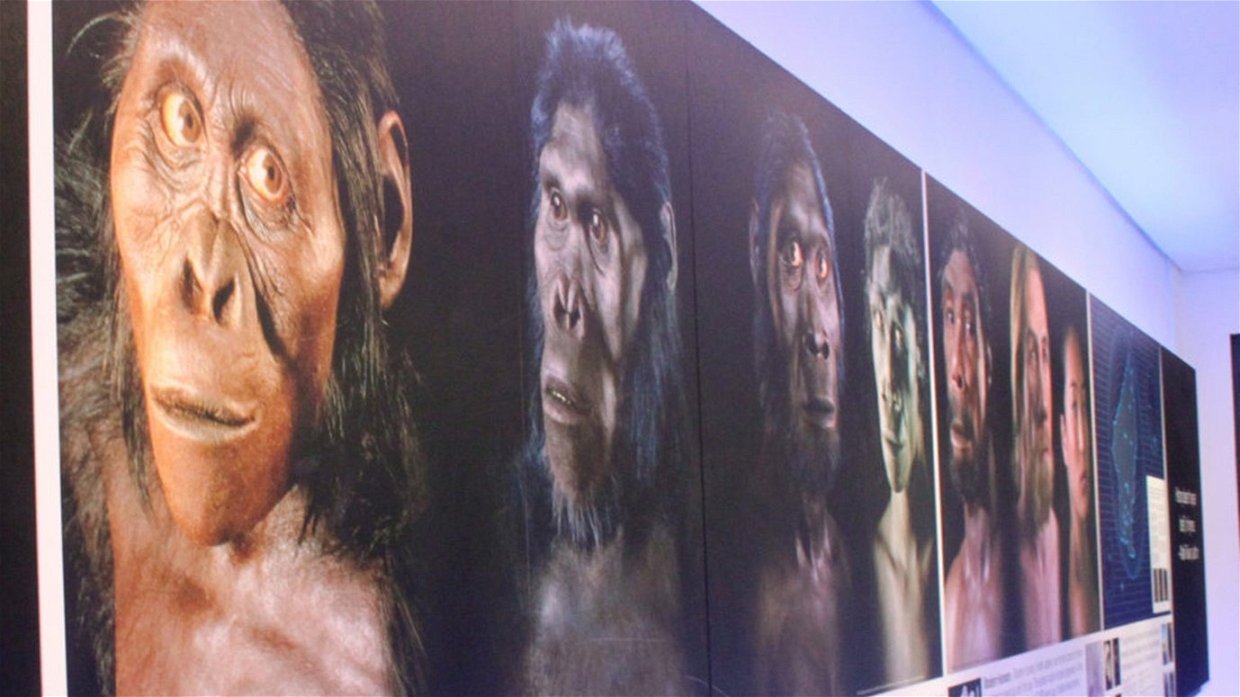
2. Cradle of Human Kind
Maropeng and Sterkfontein Caves
Maropeng is the official visitors centre for the Cradle Of Humankind, a cave-strewn area around 50km north west of Johannesburg where some of the world's most significant hominid discoveries have been made. Declared a World Heritage Site in 1999, fossils continue to be found here.
The Sterkfontein Caves, where the remains of Little Foot, Mrs Ples and other famous fossils were found.
An extraordinary find was revealed to the world on September 10, 2015 and the implications for what we currently know about human evolution are amazing. Scientists have learned from the fossil remains that homo naledi looked fairly similar to us homo sapiens with similarly-sized hands and feet, although the homo naledi brain was probably only about the size of an orange. The bones are estimated to be between 230,000 and 330,000 years old, making homo naledi a contemporary of homo sapiens.
It is close to Johannesburg and perfect for day visits. There are also hotels nearby.
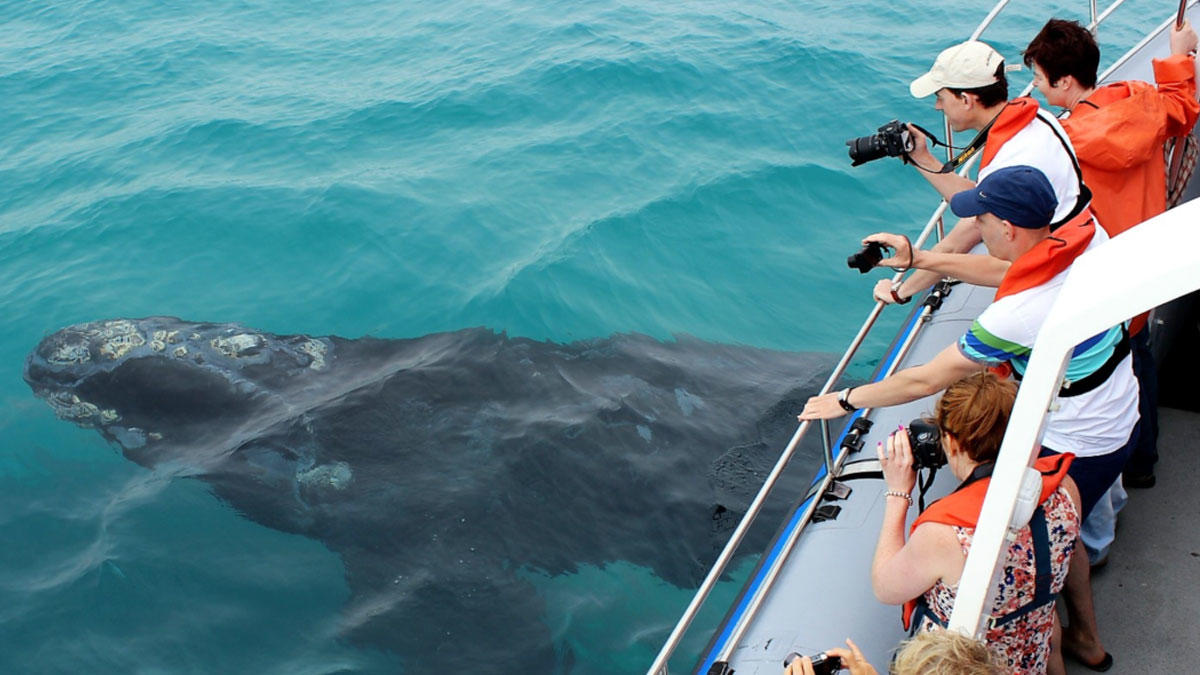
3. Whale watching & Marine life
Hermanus – Is considered one of the very best places in the world to do land based Whale watching. The Season for the whale activity, stretches from June – November. They come in close in the protected bays to give birth and rest before they travel back to the Southern Oceans.
Not only whales, but this area is also home to the Great White sharks, Cape Fur seals, Penguins and thousands of Dolphins.
Close enough to Cape Town as well as the Wine areas of Stellenbosch and Franschhoek, for day trips. Hermanus also has many wonderful hotels and guesthouses.
4. Namaqualand Flowers
The Namaqualand Flower route stretches on the North-western side of South Africa. Arid, semi-desert area that comes to life in the most spectacular time during Springtime. The rest of the year this area is dry and dusty but come August/September and the landscape is transformed into a vast area of incredible colour. These wild flowers splash the coutry side with more colours than you can imagine. It is a short period of time but definitely not to be missed.
The Namaqualand Flower Route lies roughly 5 hours north of Cape Town and the real flower show belongs to a series of drives that centre on the towns of Garies, Springbok, Kamieskroon and Port Nolloth.
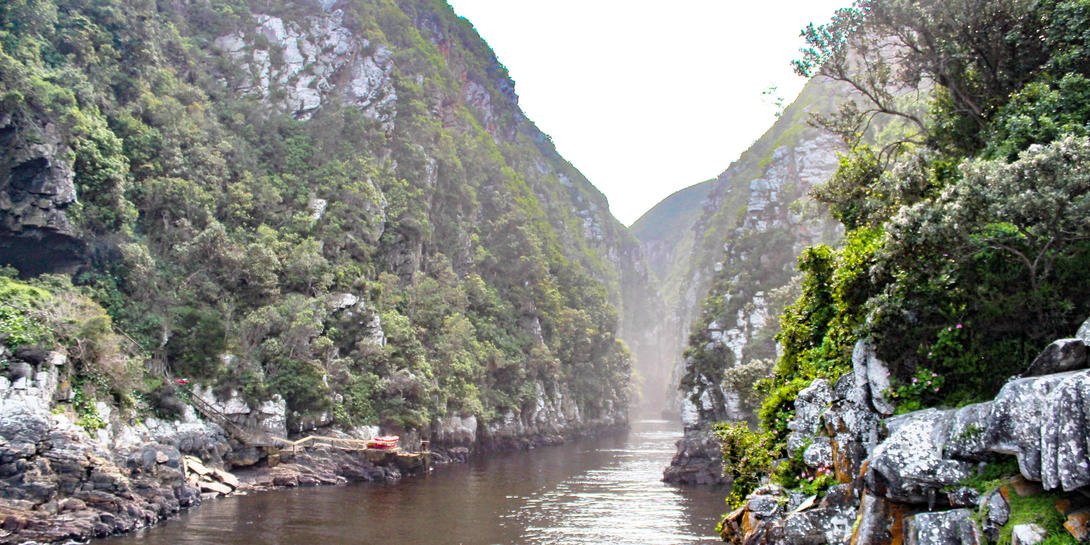
5. Garden Route
Adventure Activities
A trip to South Africa is not complete until you have visited the beautiful Garden Route. This area stretches along the Southern coastline of the Western and Eastern Cape Provinces. Ranging from semi-arid Fynbs to beautiful lush Yellow wood forests. Mountains, Valleys beaches and woodlands, this is the ideal environment for a myriad of activities, including, gentle hikes along the coastline, tree top canopy tours, kayaking on lagoons or in the ocean. Shark cage diving with great White Sharks, or snorkelling with seals. World record 214m bungy jumping, learning to sail, Canyoning and abseiling in the valleys and rivers or bird watching on the estuaries. Zipine over the ocean. Go fishing on the beach or in the Ocean on a chartered boat. Do a Safari or go horseriding with elephants and Rhino’s. The choices are there, and yours to make.
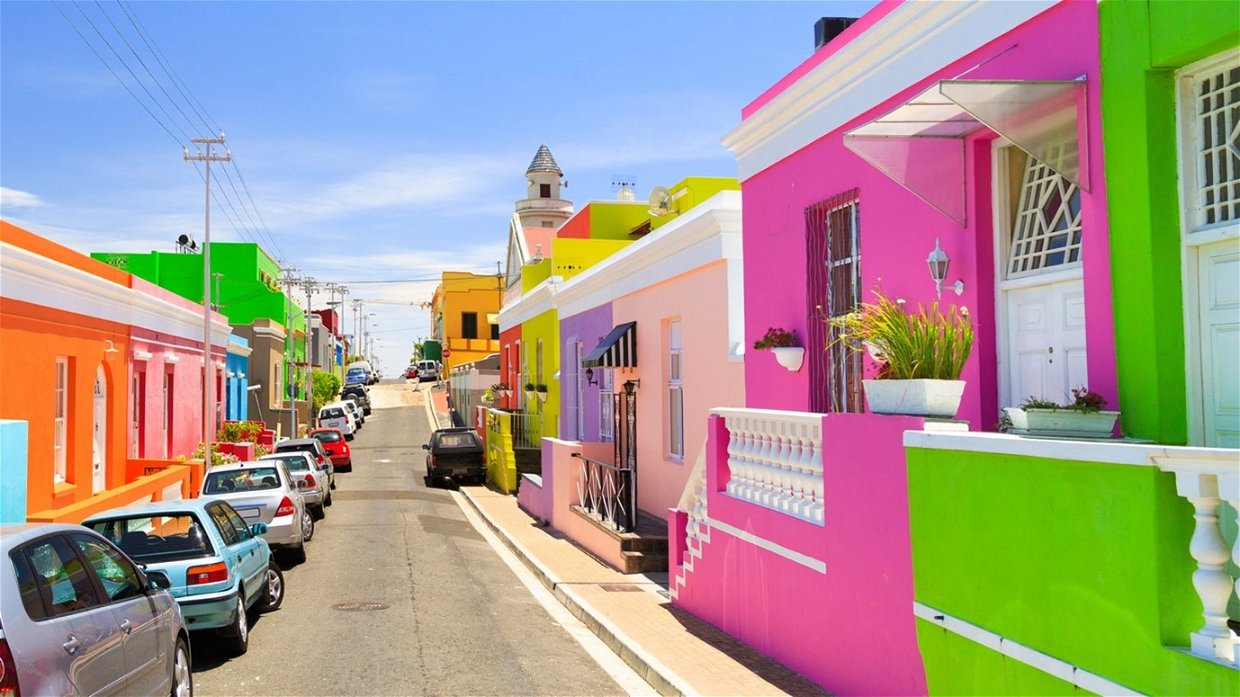
6. Bo Kaap
Colourful Culture
Situated at the foot of Signal Hill, Table mountain, on the fringe of the city centre of Cape Town, and formerly known as the Malay Quarter, the Bo-Kaap’s origins date back to the 1760s when numerous “huurhuisjes” (rental houses) were built and leased to slaves. These people were known as Cape Malays, and were brought from Malaysia, Indonesia and the rest of Africa to work in the Cape.
To this day, the houses are a mix of Cape Dutch and Georgian architecture, in distinctive multi-coloured rows on steeply cobbled roads. The choice of colour is said to be attributed to the fact that while on lease, all the houses had to be white. When this rule was eventually lifted, and the slaves were allowed to buy the properties, all the houses were painted bright colours by their owners as an expression of their freedom.
A must-do is a traditional Cape Malay meal at one of the restaurants, or a Cape Malay cooking course with one of the expert locals. Recipes date back centuries and are a spicy mix of Middle Eastern and Dutch styles of cooking, usually consisting of fruit, spices, vegetables and meat.
7. Battlefield Routes - Kwazulu Natal
Worldwide, land and territories were fought over, won and lost! South Africa is no different. War is never a good thing, but it is good to remember those that fought and died for what they believed in…or were forced to believe in!
Kwa-Zulu Natal province has many such battlefields, ranging from the Zulu wars to the wars between the Boers(Afrikaner Farmers) and the British Empire. There are many different routes and Battlefields – some have monuments and remembrances, others have just ghosts and legends…But they are worth visiting and traveling along these routes.
A must-do is a traditional Cape Malay meal at one of the restaurants, or a Cape Malay cooking course with one of the expert locals. Recipes date back centuries and are a spicy mix of Middle Eastern and Dutch styles of cooking, usually consisting of fruit, spices, vegetables and meat.
Further Reading
a Special Newsletter Series
a Special Newsletter Edition


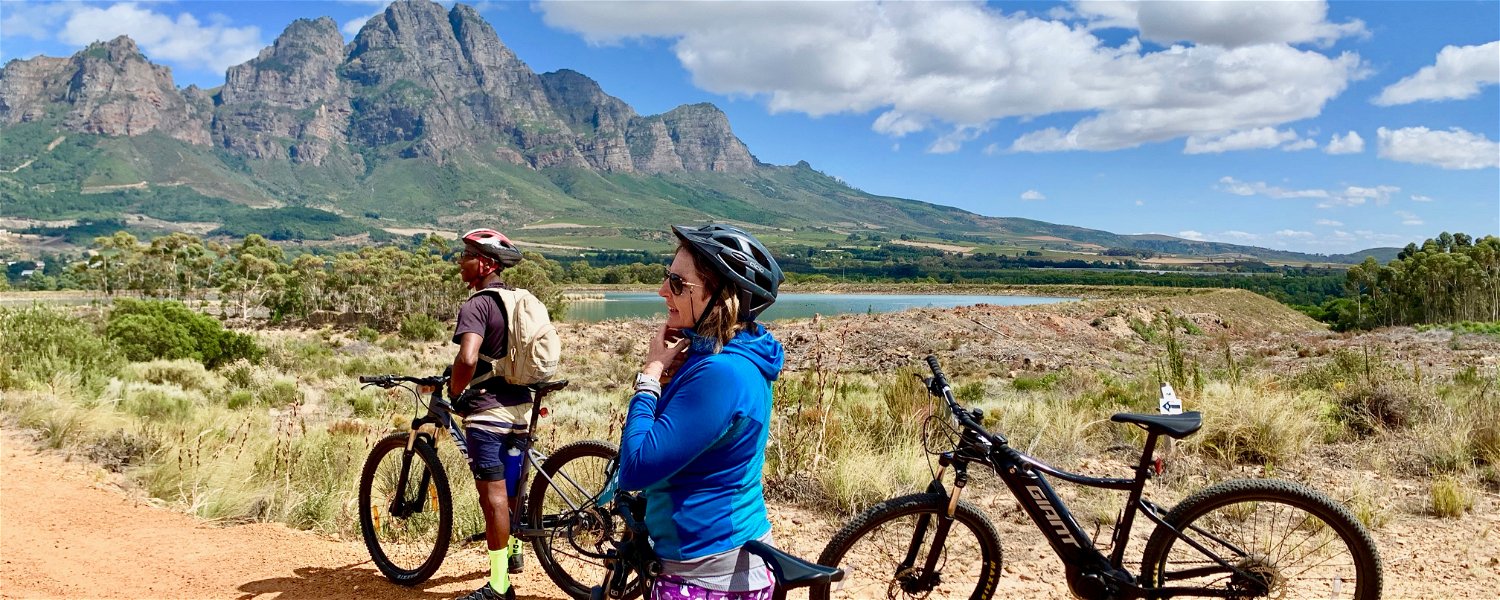

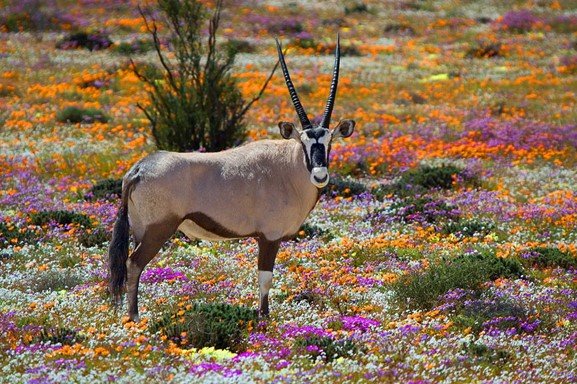
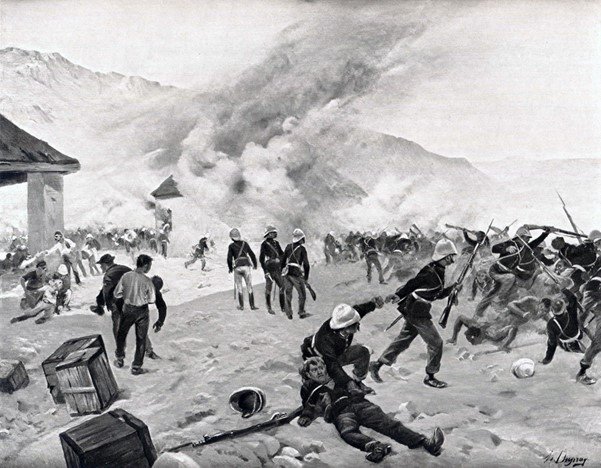






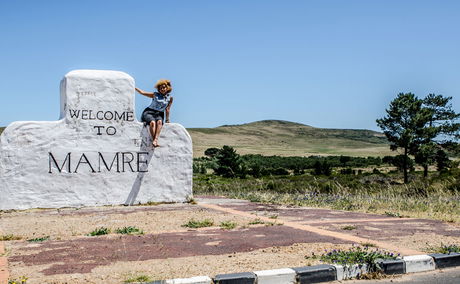
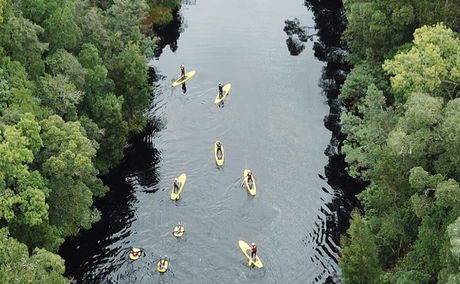
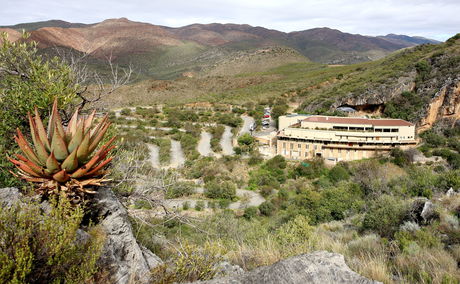
Share This Post